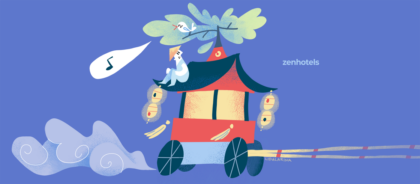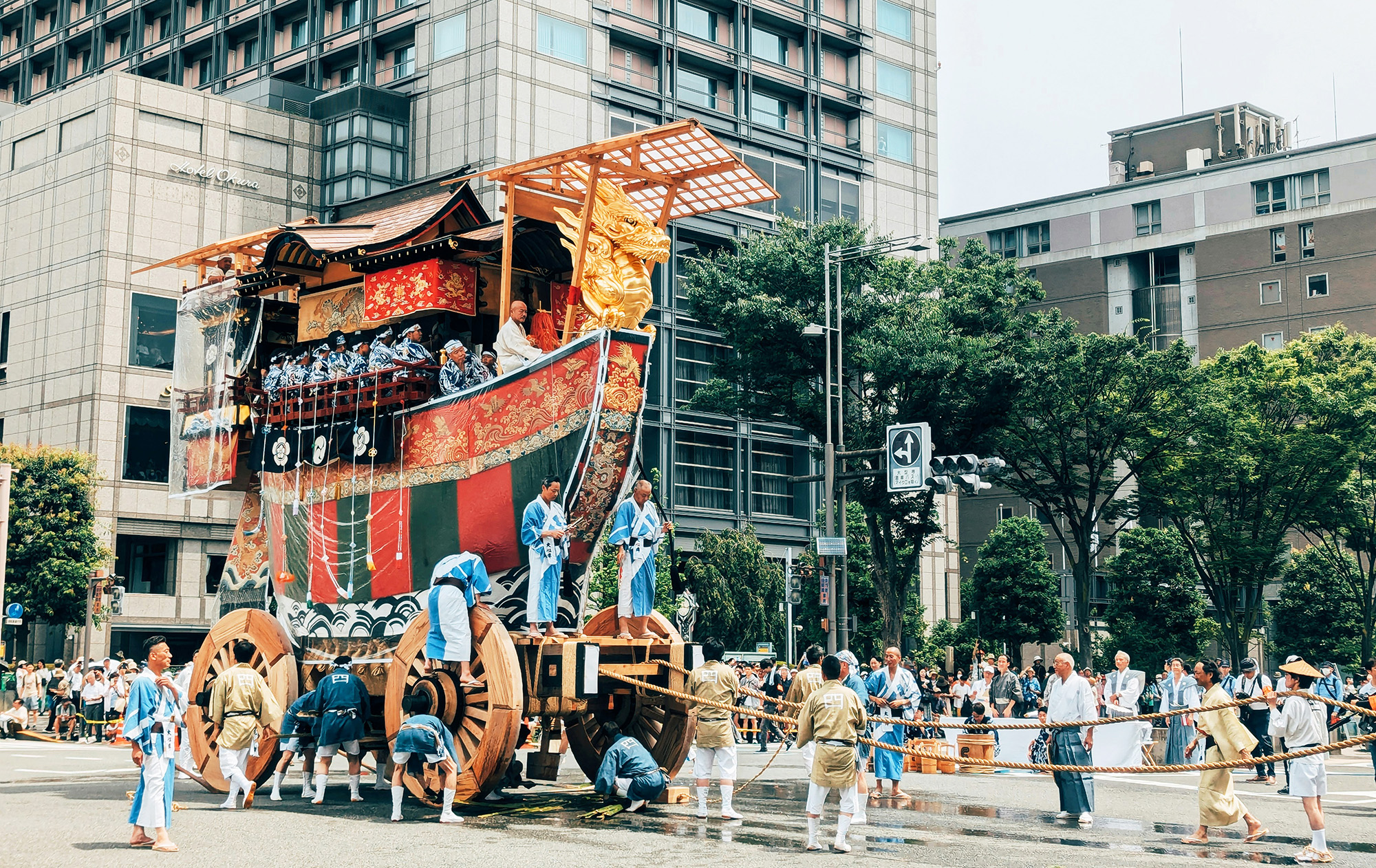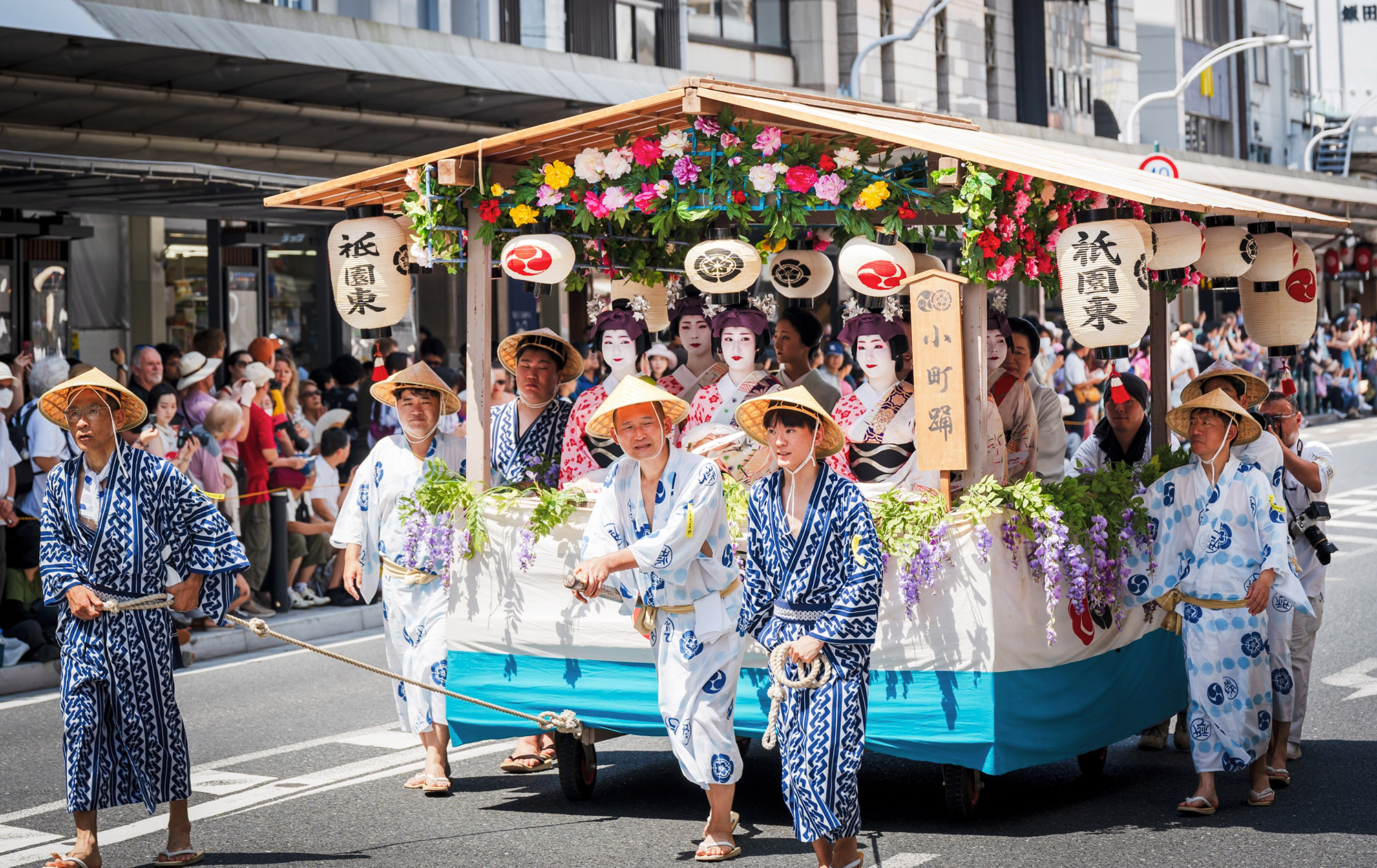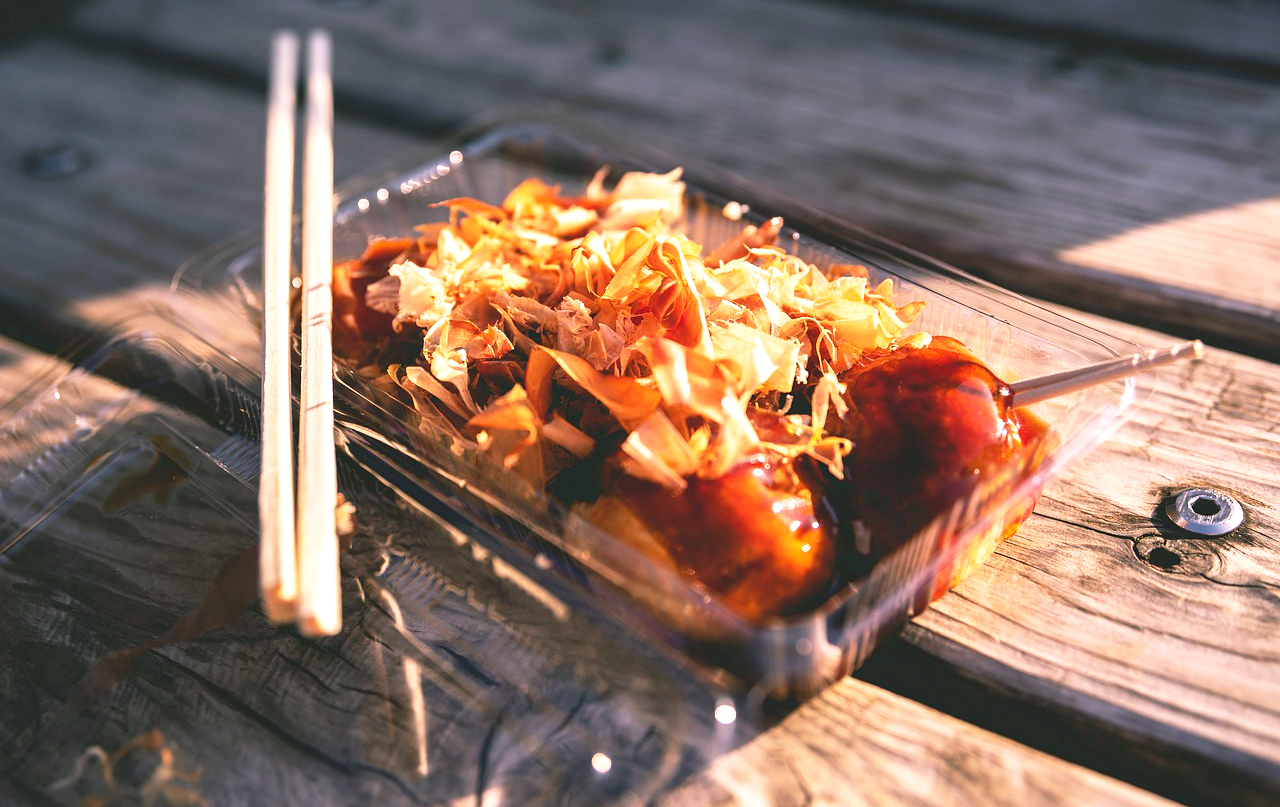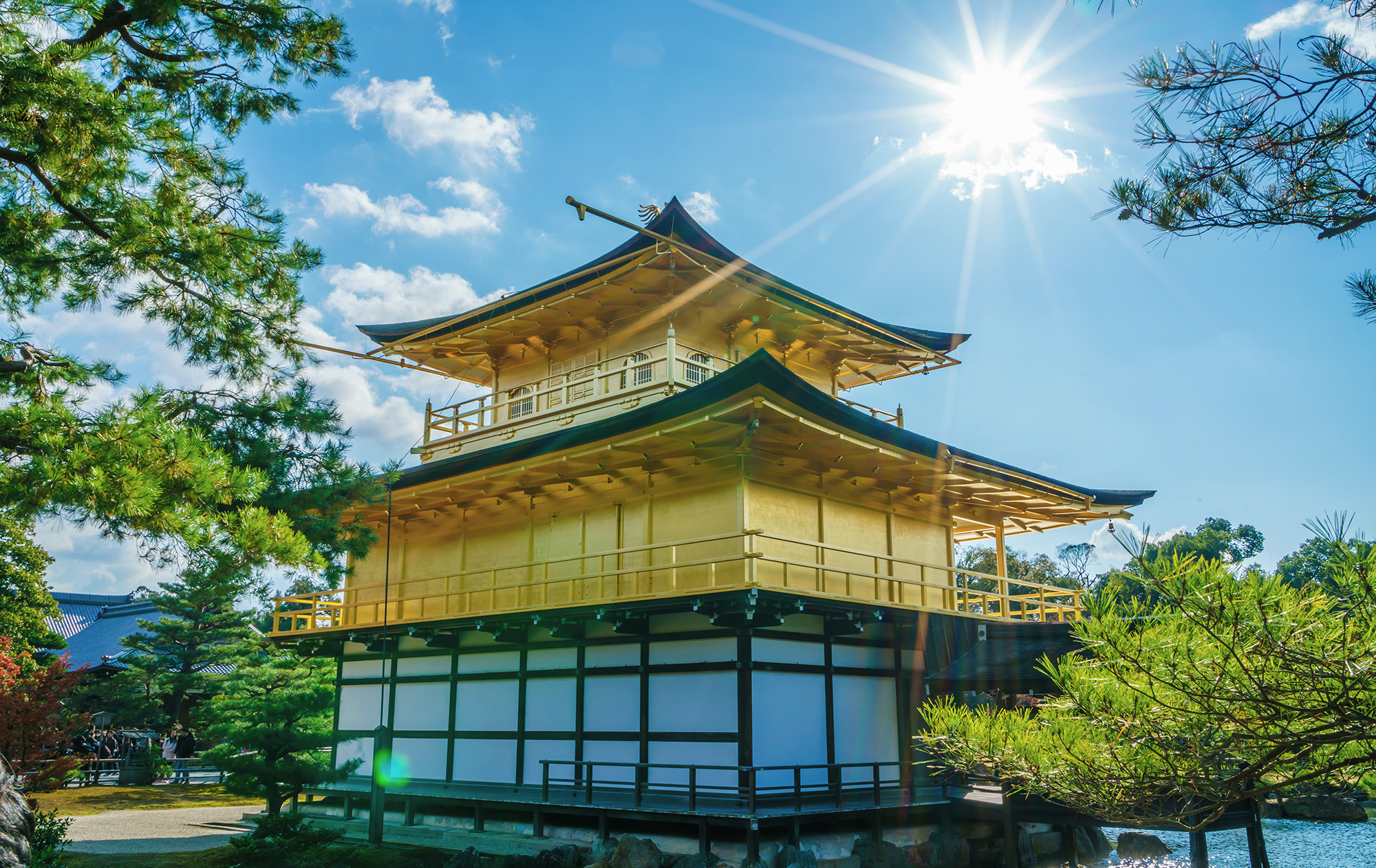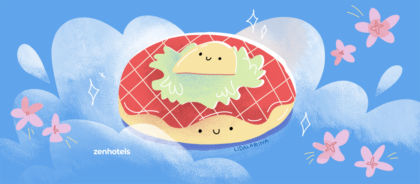Contents
- What is Gion Matsuri?
- How the Gion Matsuri festival works
- Where to stay for Gion Matsuri in Kyoto
- Top tips for attending the Gion Matsuri festival
- Important dates to remember
- Book your Japan accommodation for Gion Matsuri with ZenHotels
What is Gion Matsuri?
The Gion Festival (祇園祭) is one of Japan’s most famous festivals, hosted annually throughout the month of July. Most events are held within the Gion neighborhood of central Kyoto, where the festival takes its name from, focusing around the Yasaka Shrine.
We can trace this festival back to 869, when it was originally held with the purpose of providing offerings to the gods during an epidemic to remove diseases and purify the residents. Over time it has evolved into a festival that focuses on processional displays of extravagant floats that are re-built from scratch every year.
While there are multiple ceremonies held over the course of July, the two most significant events are the float processions held on the 17thand 24th July. Prior to these two Yamaboko Junko processions, events are held for three days, giving locals and residents the chance to watch the floats being constructed and explore the traditional neighborhood.
How the Gion Matsuri festival works
Although events are held throughout July, particularly around the shrines, the focus of the festival is the two main float processions. The three days before these processions (held on the 17th and 24th) are known respectively as yoiyoiyoiama, yoiyoiama, and yoiyama.
On each night, the city’s downtown area is pedestrianized with many private houses located close to the procession route opening their doors to the public and displaying their custom family heirlooms. This tradition is known as the ‘Folding Screen Festival’.
Throughout July, you’ll find stalls selling popular Japanese cuisine, including takoyaki, fried octopus balls, and yakitori, barbecued chicken skewers. Traditional sweets, known as wagashi, are also sold, along with common snacks and drinks like green tea. It’s a great way to immerse yourself in Japanese culture in an authentic way.
The processional floats are divided into two categories: the hoko (halberd) and yama (mountain) groups, although they are collectively known as ‘yamaboko’. There are ten larger floats in the hoko section, representing the original 66 spears carried in the first ritual procession. Similarly, the smaller 24 floats in the yama section carry life-sized figures of historic and cultural figures relevant to the festival. Many of these floats incorporate tapestries made locally in Kyoto’s textile district, Nishijin.
One of the oldest traditions within the festival is selecting a local boy to act as the messenger, reflecting the festival’s heritage. The boy is placed on one of the floats and their feet are not allowed to touch the ground from the 13th of July until after the parade on the 17th of July.
Where to stay for Gion Matsuri in Kyoto
If you’re heading to Japan for the festival, we’ve rounded up a few accommodation options to suit different travel needs:
- Splurge-worthy luxury: Suiran, a Luxury Collection Hotel
- Romantic getaways: Hyatt Regency Kyoto
- Best for families: Daiwa Roynet Hotel Kyoto Ekimae
- Budget-friendly option: Sakura Terrace
Top tips for attending the Gion Matsuri festival
Make sure to pack comfortable travel shoes and follow our advice on how to get over jet lag to make the most of your first few days in Kyoto. It’s best to arrive a few days before the processions to make the most of the festival. July is typically hot and humid, bringing an end to tsuyu (梅雨) – rainy season – with Gion Matsuri falling when temperatures are warm without being as hot as they are in August.
When you’re planning your daily itinerary, plan to get to the Gion neighborhood around 6pm, as that’s when the streets will be closed to traffic. You can easily eat your way around the food and drink stalls. Oike, Shijo, and Kawaramachi are the main streets where the processions occur, and you can see the floats from any of these areas.
If you want to buy a unique souvenir, make sure to see the floats in the three days before the processions to purchase a good luck charm. Known as ‘chimaki’, these are made with bamboo leaves and sold at the Yasaka Shrine.
Important dates to remember
While Gion Matsuri is celebrated throughout July, the period between the 14th and 23rd July is when most of the activity occurs. If you want to see the processions, plan to spend the entire day in the Gino neighborhood on either the 17th or 24th.
- Yoiyama evenings are held in the three days before each processional parade, from the 14th to 16th of July (inclusive) and 21st to 23rd July (inclusive). The area is closed to traffic between 6pm and 11pm with food vendors, drink stands, and market stalls open throughout the area.
- On 17th July, the Yamaboko Junko parade starts at 9am, followed by the Mikoshi Togyo parade at 6pm.
- On 24th July, the two parades follow the same format, although the Yamaboko Junko parade typically starts a little later and is shorter.
Book your Japan accommodation for Gion Matsuri with ZenHotels
At ZenHotels, we strive to make your travel dreams a reality. If Japan is on your bucket list, 2025 is the year to follow your wanderlust and head to the country famous for its cherry blossoms, tea ceremonies, and bullet trains. Gion Matsuri is a festival you can incorporate into your itinerary or build your travel plans around, whether you’re planning to visit Mount Fuji or explore Japan’s theme parks.
Get access to the best rates on hotels and accommodation in Japan and over 220 other countries on our website or download the ZenHotels mobile app to access exclusive rates.

